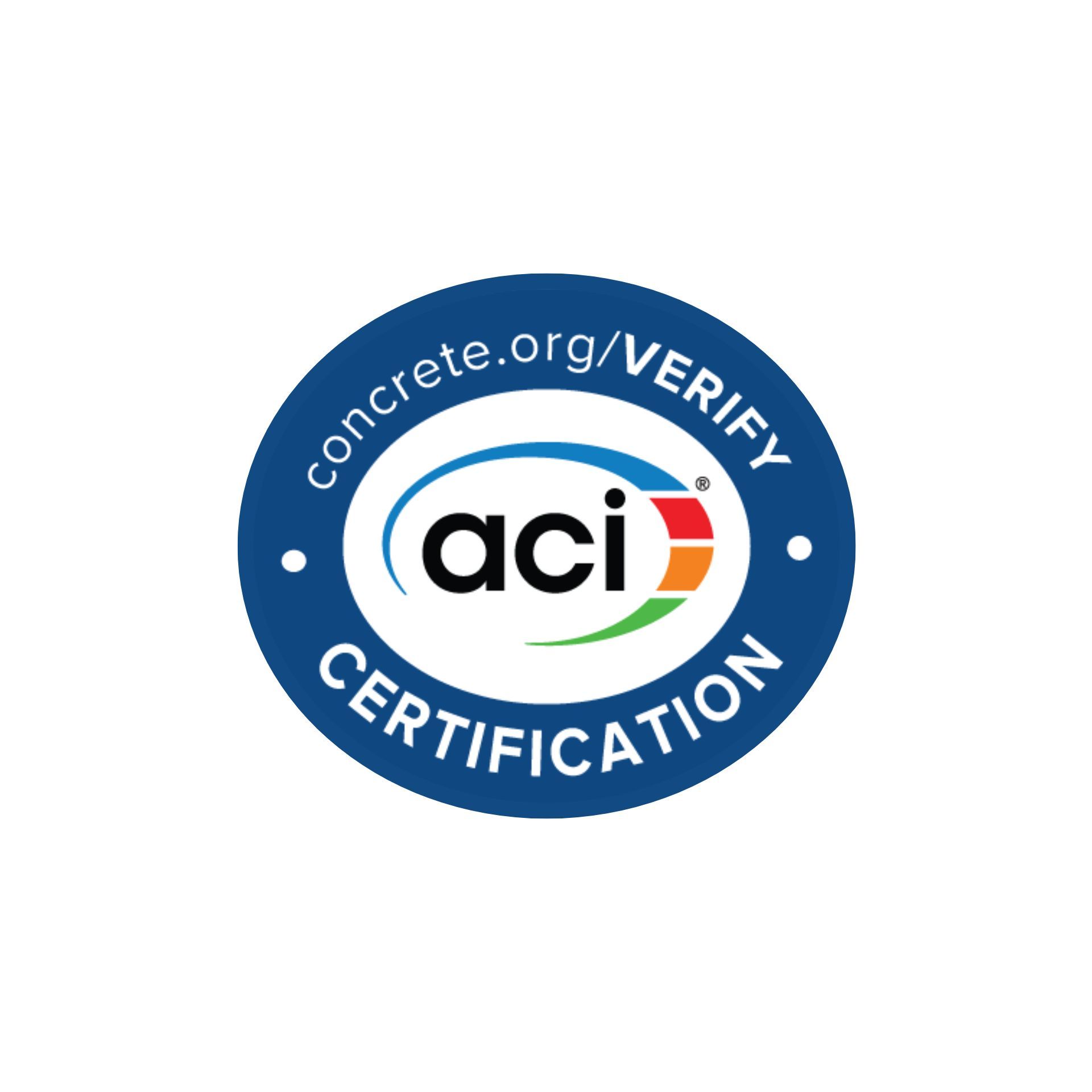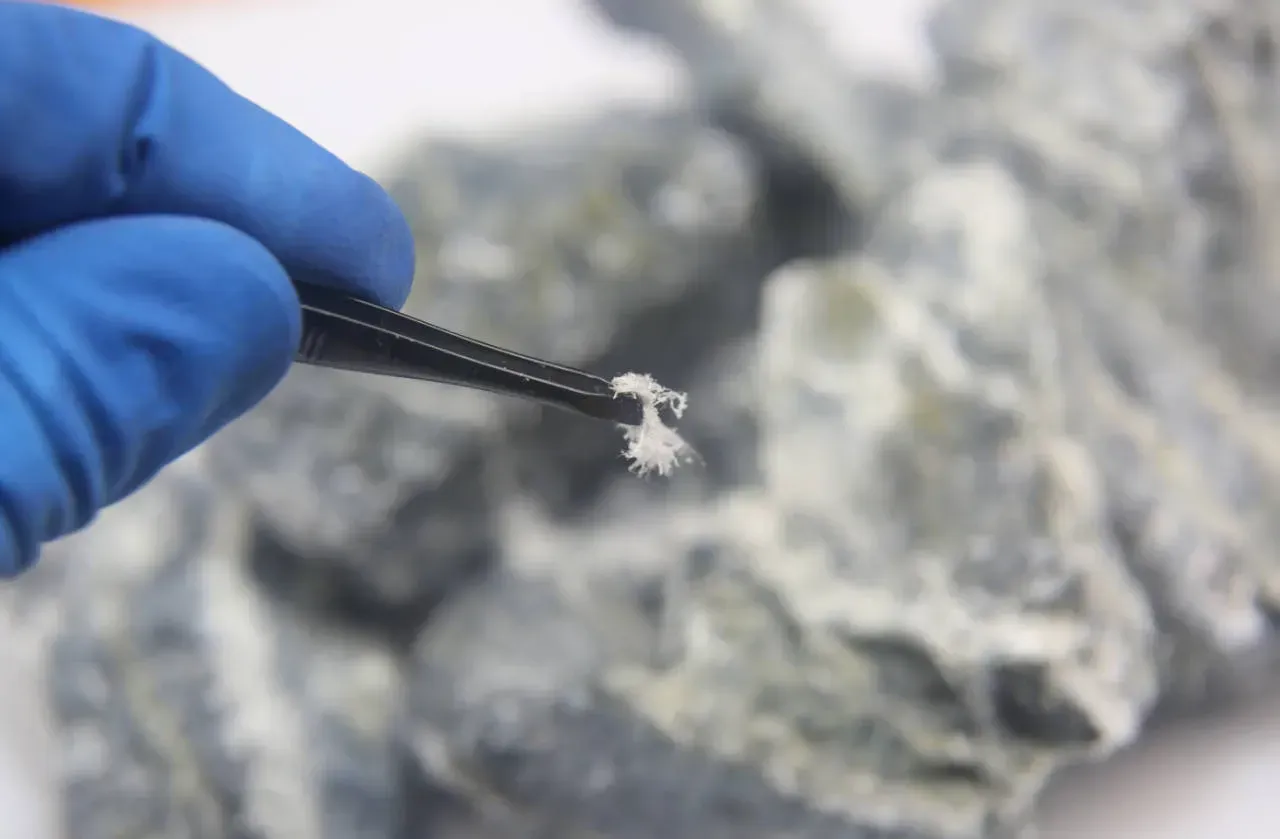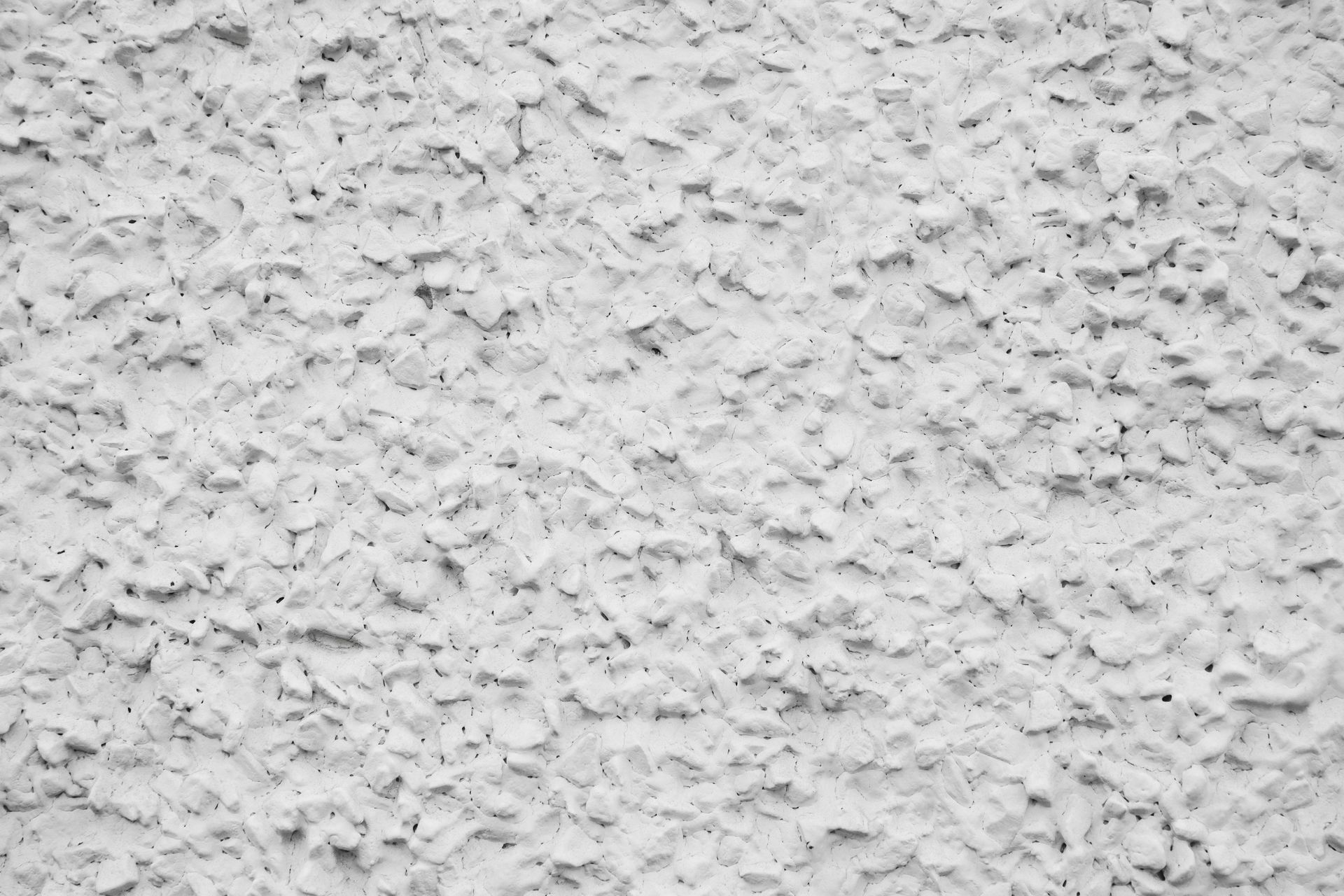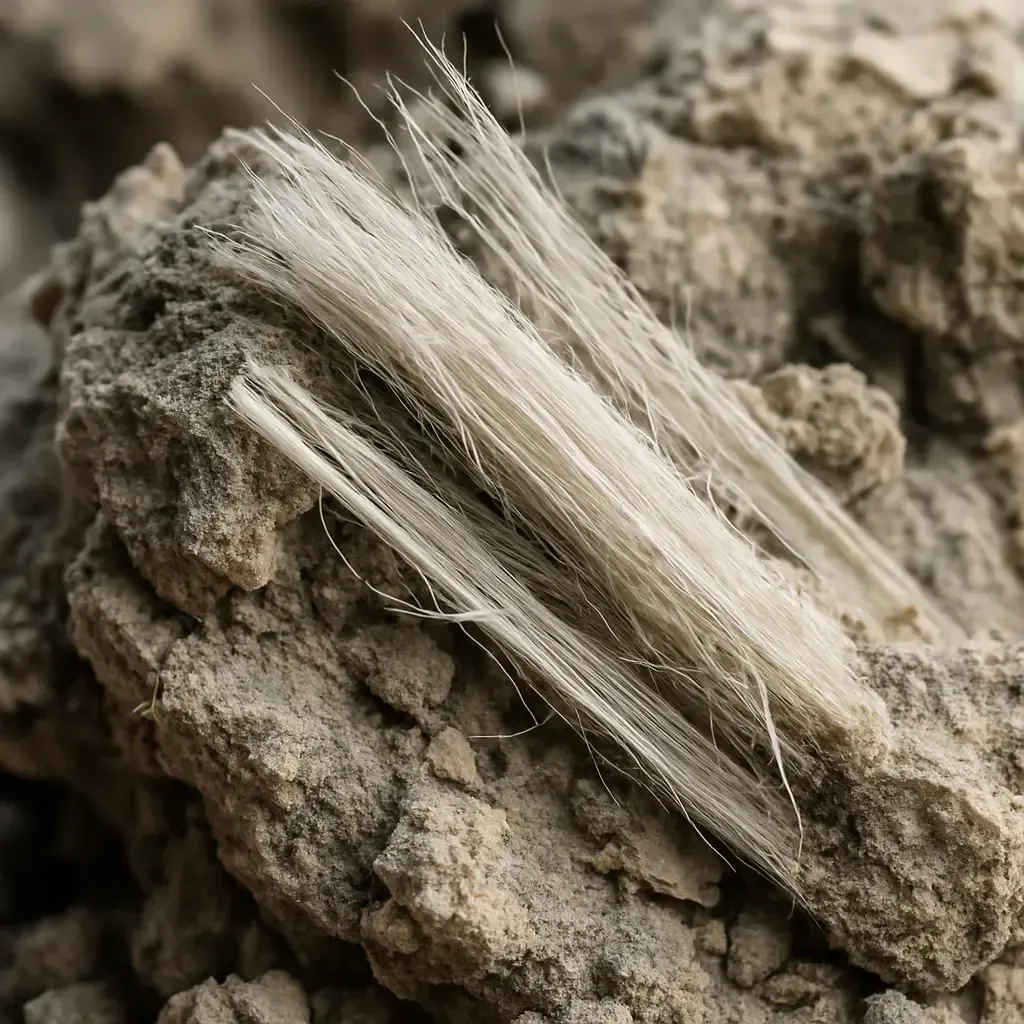Professional Environmental Testing and Consulting Services
Get Free Estimate
Need immediate support?
If you're facing an urgent situation and need expert help right away, we're here for you! Our dedicated team is available to provide immediate support and guidance.
ABOUT
At MJC Environmental LLC, our mission is to safeguard your health, well-being, and property by identifying and mitigating environmental hazards.
Our team of specialized, trained, and licensed consultants provides personalized inspections, expert analysis, and effective solutions to detect and address potentially hazardous materials, including asbestos, mold, lead, indoor air quality issues, and water damage.
With a commitment to accuracy, objectivity, and compassion, we deliver reliable results, actionable recommendations, and unparalleled customer service to ensure a safer, healthier environment for our clients.
Navigating Environmental Regulations with Confidence.
We provide specialized environmental inspection, testing, and remediation services, offering a comprehensive range of solutions for your peace of mind.
Why Choose Us?
We stand out from the rest due to our unwavering commitment to excellence, quality, and client satisfaction.
Expertise
Our team holds specialized training and licensure.
Care
We address your specific needs and concerns.
Results
We deliver accurate and actionable solutions.
Integrity
We maintain objectivity and impartiality.











